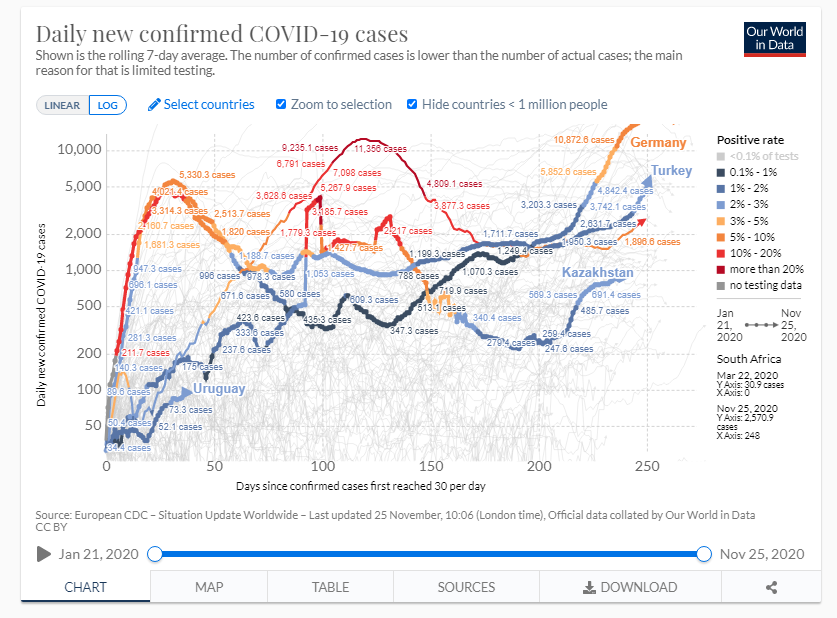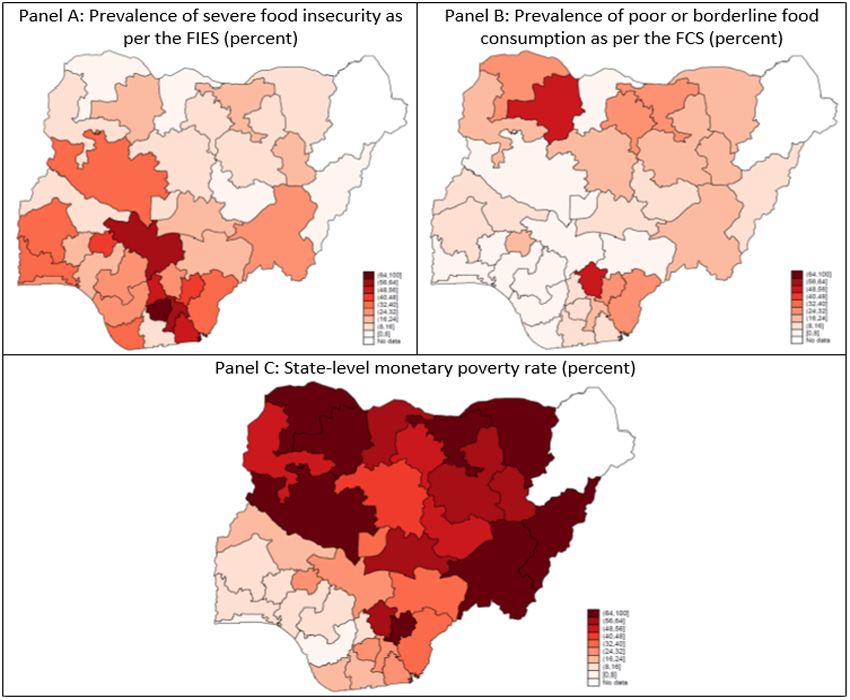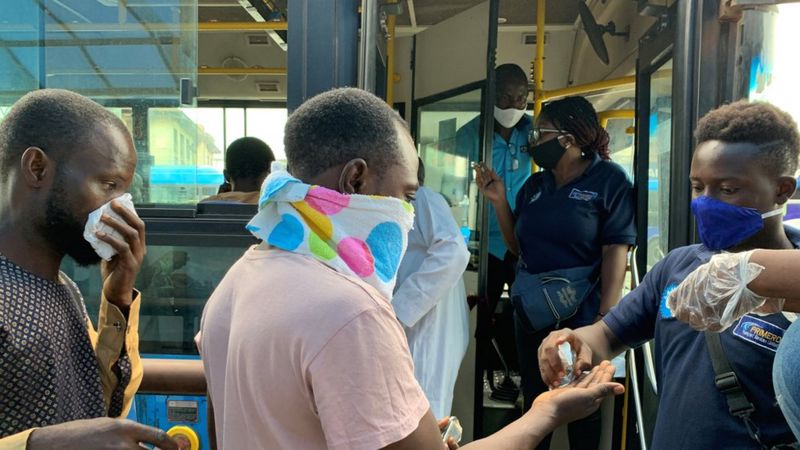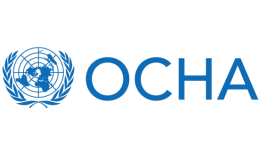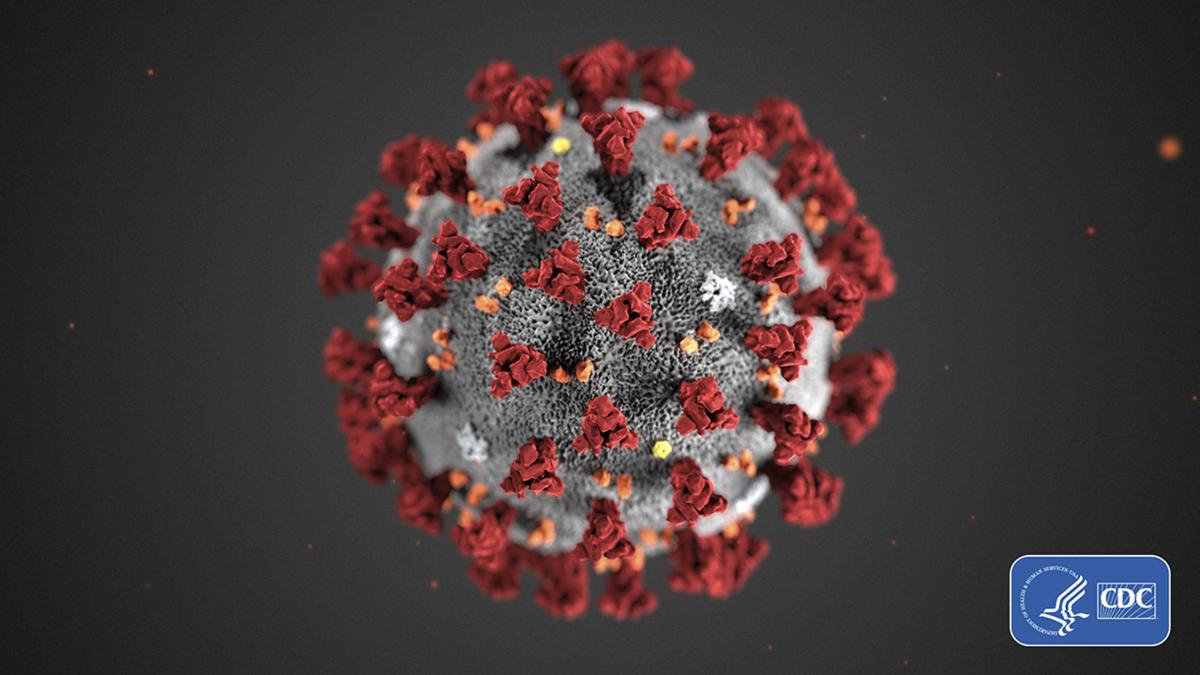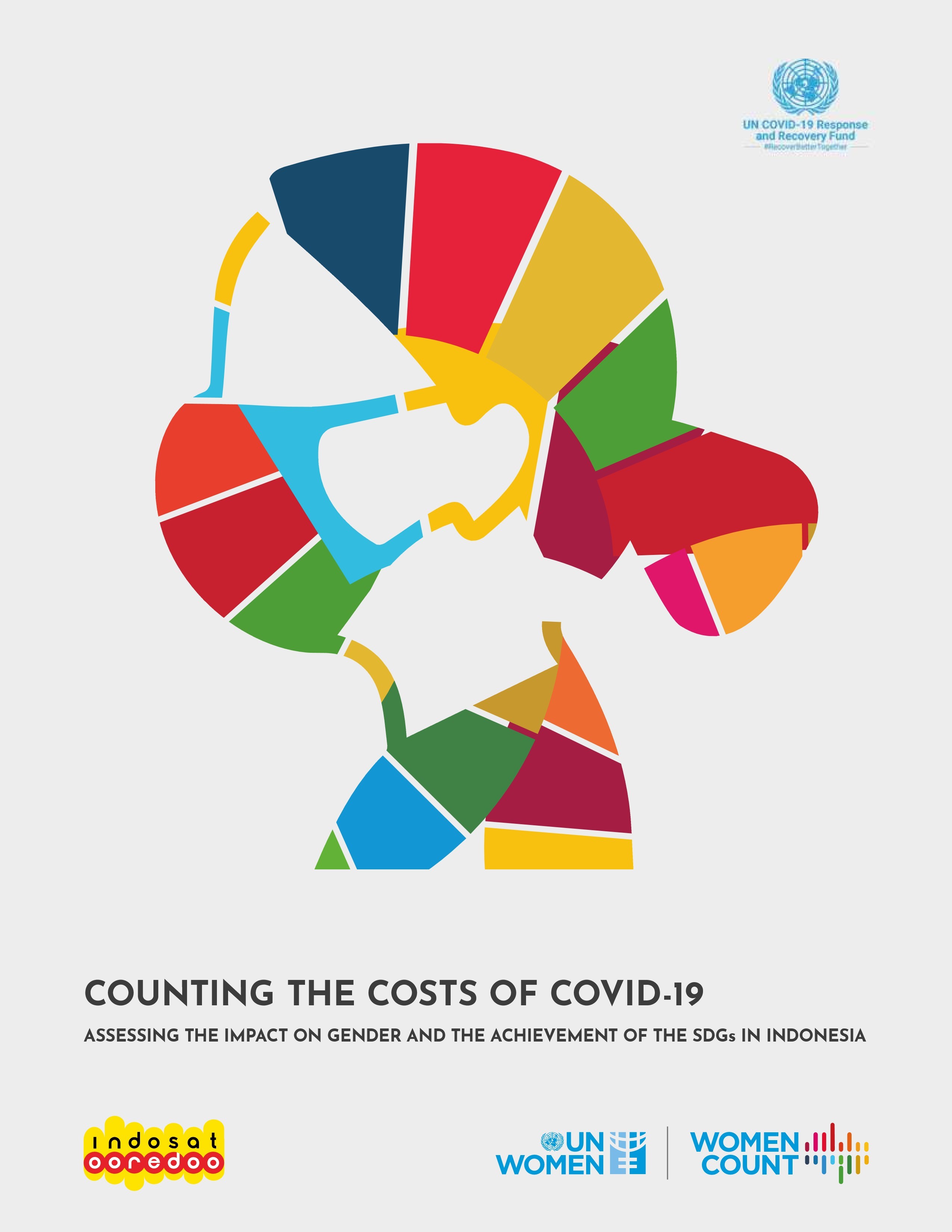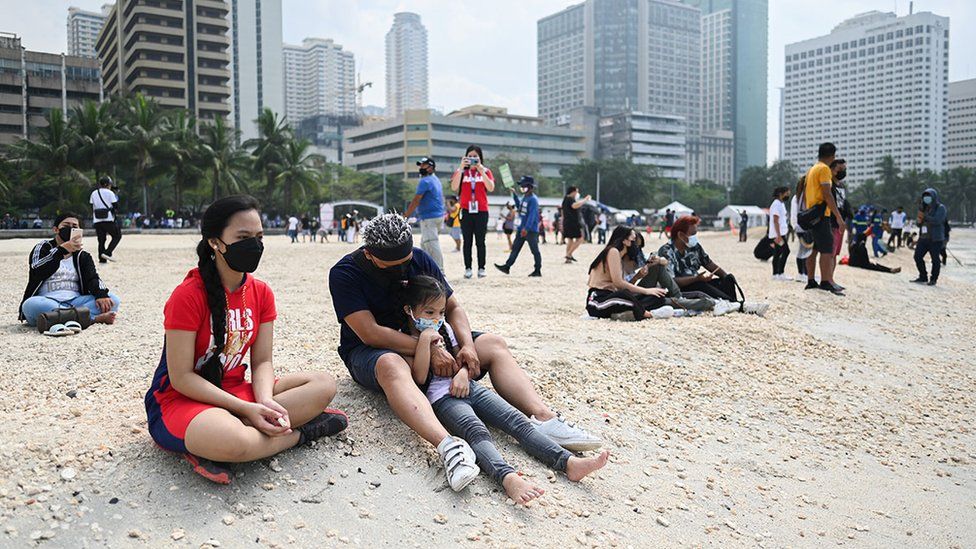WorldInData
Are countries testing enough to monitor their outbreak? The scale of testing compared to the scale of outbreak. How many tests are performed each day?
World Bank
High-frequency monitoring of access to food has become especially important during the recent COVID-19 pandemic. Food access in Nigeria, and across the globe, has significantly worsened since the start of the pandemic due to significant disruptions to food supply chains and widespread loss of income.
BBC
The number of daily new cases has been rising gradually after declining since mid-July, according to the Africa Centres for Disease Control and Prevention (CDC) and the World Health Organization (WHO). But in some countries, cases are still on a downward trend.
IMF
Lockdowns, working from home, and physical distancing caused people to spend larger shares of their household budgets on food and housing, while fewer people bought nonessentials, like airline tickets and clothing. And with incomes down as millions have lost their jobs, spending on nonessential items will likely remain depressed.
UNESCO
This is a critical moment when countries need to recover the learning losses the pandemic is generating, invest in remedial education, and use this window of opportunity to build more effective, equitable, and resilient systems. The learning poverty crisis that existed before COVID-19 is becoming even more severe, and we are also concerned about how unequal the impact is. Countries and the international development community must invest more and invest better in education systems and strengthen the link between spending and learning and other human capital outcomes
IOM
|
IOM COVID-19 Impact On Points Of Entry Bi-Weekly Analysis 17 February 2021 |
OCHA
What is the process for countries to get COVID-19 vaccines from the COVAX Facility?
TimesCitizen
This illustration provided by the Centers for Disease Control and Prevention (CDC) in January 2020 shows the 2019 Novel Coronavirus (2019-nCoV).
UN Women
Even before COVID-19, violence against women was one of the most widespread violations of human rights.
BBC News
Covid-19 is continuing to spread around the world, with around 240 million confirmed cases and more than 4.9 million deaths across almost 200 countries.


